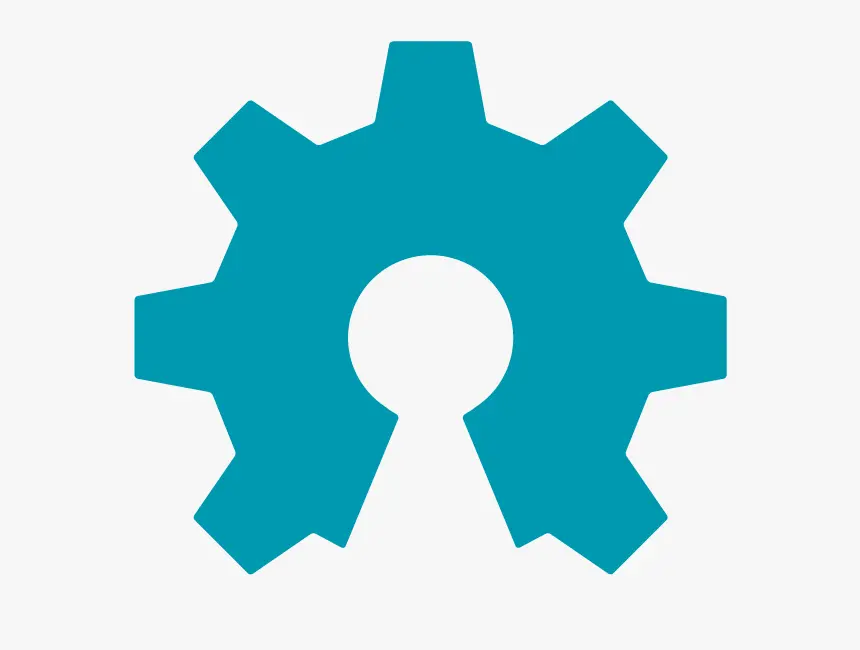- 1 Post
- 8 Comments


Depending on your level of paranioia. First, you don’t expose your containers, but their port(s).
With a reverse proxy, you will likely expose only 1 port, 443, no matter how many apps/containers/ports it will be pointing internally. For this, having a proper dns setup will be key, and a service like cloudflare dns (not tunnel), which additionally you can proxy your proxy. Also, you will need certificates (letsencrypt) for your traffic to be encrypted. Here, everybody will potentially have access to your services.
Another option is a zero trust tunnel, but as you had seen streaming may break tos. It will be likely enforced if you stream a lot, but I seriously doubt you’ll get any problem by having sporadic one or two users.
Tailscale, you need to add all the devices you need to access your services into the mesh, and you’ll need to re-authenticate every one again every few months.
Setting up a VPN (selfhosted) will require your devices to sign into it when accessing your services, and it seems to me the best approach as this way you will nave the most control over your setting.
Don’t forget to mention that, for this to work, your ISP should provide you with public IP, because if on CGNAT you will have to go with something like tunnels or tailscale.


I’ve found that as well with some files. At first I thought the issue was with the jellyfin instance had not enough capabilities, but after trying the same file with its subtitles, it worked on any other client: flatpak, web, and regular android. So for me it is the chromecast/androidtv device, so I am now looking what to replace it with


Thanks. I reinstalled the app, cleared data and cache, but it was still unable to stream any content. Then I noticed the chromecast was acting weird, it was lagging, it was getting very, very slow connection speed, like if it was applying updates or running maintenance, I don’t know for sure. I checked again next day, and now is is working as expected.
If not for the fact that I really like the form factor of this device, I would ditch it.
Otoh, the logs are in the post, maybe your client is not rendering >
markdown< properly.


You could use OpenSUSE Leap, which is binary compatible to SLES. Even if you have an already installed SLES and want it to be updated, there are several ways, like setting up leap’s update repos (binary compatible, remember?), or download the latest quaterly updated iso image, or some other more convoluted ways.



New recruitment process, who this?